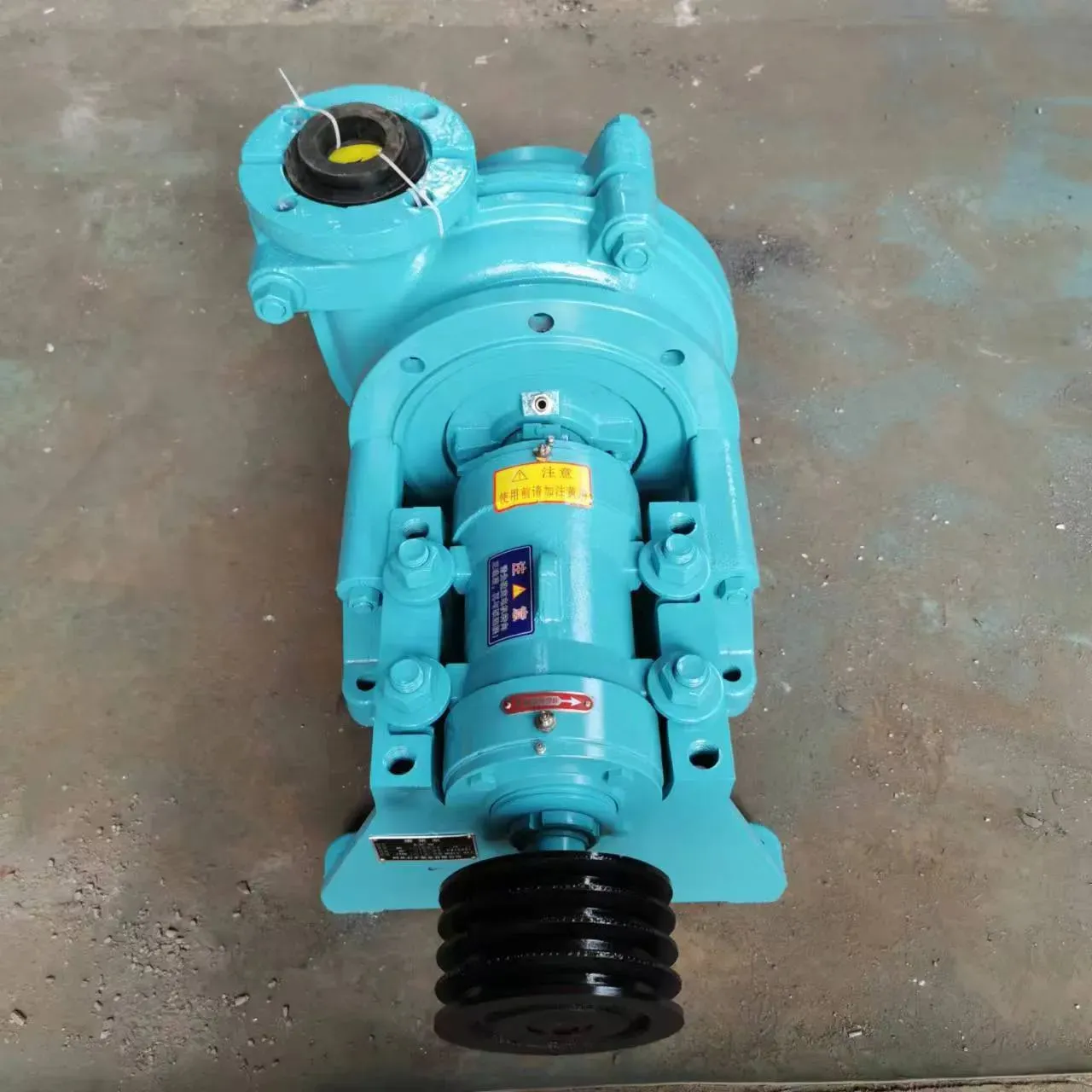Italian
- Afrikaans
- Albanian
- Amharic
- Arabic
- Armenian
- Azerbaijani
- Basque
- Belarusian
- Bengali
- Bosnian
- Bulgarian
- Catalan
- Cebuano
- Corsican
- Croatian
- Czech
- Danish
- Dutch
- English
- Esperanto
- Estonian
- Finnish
- French
- Frisian
- Galician
- Georgian
- German
- Greek
- Gujarati
- Haitian Creole
- hausa
- hawaiian
- Hebrew
- Hindi
- Miao
- Hungarian
- Icelandic
- igbo
- Indonesian
- irish
- Italian
- Japanese
- Javanese
- Kannada
- kazakh
- Khmer
- Rwandese
- Korean
- Kurdish
- Kyrgyz
- Lao
- Latin
- Latvian
- Lithuanian
- Luxembourgish
- Macedonian
- Malgashi
- Malay
- Malayalam
- Maltese
- Maori
- Marathi
- Mongolian
- Myanmar
- Nepali
- Norwegian
- Norwegian
- Occitan
- Pashto
- Persian
- Polish
- Portuguese
- Punjabi
- Romanian
- Russian
- Samoan
- Scottish Gaelic
- Serbian
- Sesotho
- Shona
- Sindhi
- Sinhala
- Slovak
- Slovenian
- Somali
- Spanish
- Sundanese
- Swahili
- Swedish
- Tagalog
- Tajik
- Tamil
- Tatar
- Telugu
- Thai
- Turkish
- Turkmen
- Ukrainian
- Urdu
- Uighur
- Uzbek
- Vietnamese
- Welsh
- Bantu
- Yiddish
- Yoruba
- Zulu
Telephone: +86 13120555503
Email: frank@cypump.com
Dic . 16, 2024 06:14 Back to list
Efficient Solutions for Septic Transfer Pump Systems and Their Applications
Understanding Septic Transfer Pumps An Essential Component for Waste Management
Septic systems are essential for managing waste in areas not connected to municipal sewage systems. They help in treating and disposing of wastewater, ensuring that it does not pose a risk to public health or the environment. A crucial part of these systems is the septic transfer pump, which plays a vital role in transporting wastewater from the septic tank to the drainage field or other treatment facilities.
What is a Septic Transfer Pump?
A septic transfer pump is a submersible pump designed to move liquid waste and effluent from the septic tank to the designated disposal area. Unlike regular sewage pumps, septic transfer pumps are specifically engineered to handle the unique challenges posed by septic waste. They are equipped to manage solid waste, sludge, and effluent, ensuring that these materials are efficiently transported through the system.
The Importance of Septic Transfer Pumps
Septic transfer pumps are essential for numerous reasons. Firstly, they ensure that wastewater flows to the drain field where it can be further treated by soil filtration. This prevents potential overflows and backups in the septic system, which could lead to unsanitary conditions and environmental hazards.
Moreover, these pumps are crucial for areas with high water tables or where gravity flow is insufficient. In such situations, a septic transfer pump elevates the wastewater to a level where it can safely flow to the absorption field. This functionality is critical for maintaining the overall health and efficiency of the septic system.
How Does a Septic Transfer Pump Work?
The operation of a septic transfer pump is relatively straightforward. Wastewater enters the septic tank where preliminary treatment occurs—solids settle at the bottom, while lighter materials, such as grease, float to the surface. The clear liquid in the middle is what the transfer pump handles.
septic transfer pump

When the liquid level in the septic tank reaches a predetermined height, the pump automatically activates, drawing the effluent out through the discharge line. It then transports this liquid through pipes to the drain field, where it can safely be absorbed by the soil. Many modern septic transfer pumps are equipped with float switches that ensure automatic operation, minimizing the need for manual intervention.
Choosing the Right Septic Transfer Pump
Selecting the right septic transfer pump is crucial for the longevity and efficiency of the septic system. Factors to consider include the pump's capacity, which must match the volume of wastewater produced in the household. It’s also important to choose a pump designed for handling solids, as this will ensure it can effectively manage the contents of the septic tank.
Construction material is another important factor. Pumps made from corrosion-resistant materials tend to have a longer lifespan, especially in the harsh environments created by septic waste.
Maintenance and Care
Regular maintenance of septic transfer pumps is vital for preventing failures and maximizing performance. Homeowners should routinely inspect the pump and its connections for signs of wear or leaks. Periodic cleaning of the pump and ensuring that no solids are obstructing the intake is also essential. Additionally, scheduling professional inspections can help identify issues before they become costly repairs.
Conclusion
Septic transfer pumps are a fundamental component of effective septic system operation. They ensure that wastewater is managed properly, protecting both health and the environment. By understanding their function and maintaining them appropriately, homeowners can enjoy a reliable and efficient waste management solution. Investing the time and resources in selecting the right pump and maintaining it will pay off in the long run, keeping the septic system functioning optimally for years to come.
-
ISG Series Pipeline Pump - Chi Yuan Pumps | Energy Efficiency&Compact Design
NewsAug.03,2025
-
ISG Series Vertical Pipeline Pump - Chi Yuan Pumps Co., LTD.|High Efficiency, Low Noise, Durable
NewsAug.02,2025
-
ISG Series Vertical Pipeline Pump - Chi Yuan Pumps | High Efficiency, Low Noise
NewsAug.02,2025
-
ISG Series Vertical Pipeline Pump- Chi Yuan Pumps Co., LTD.|High Efficiency&Compact Design
NewsAug.02,2025
-
Heavy-Duty Mining Sludge Pumps - Wear-Resistant Slurry Handling
NewsAug.02,2025
-
Horizontal Split Case Pump with GPT-4 Turbo | High Efficiency
NewsAug.01,2025










